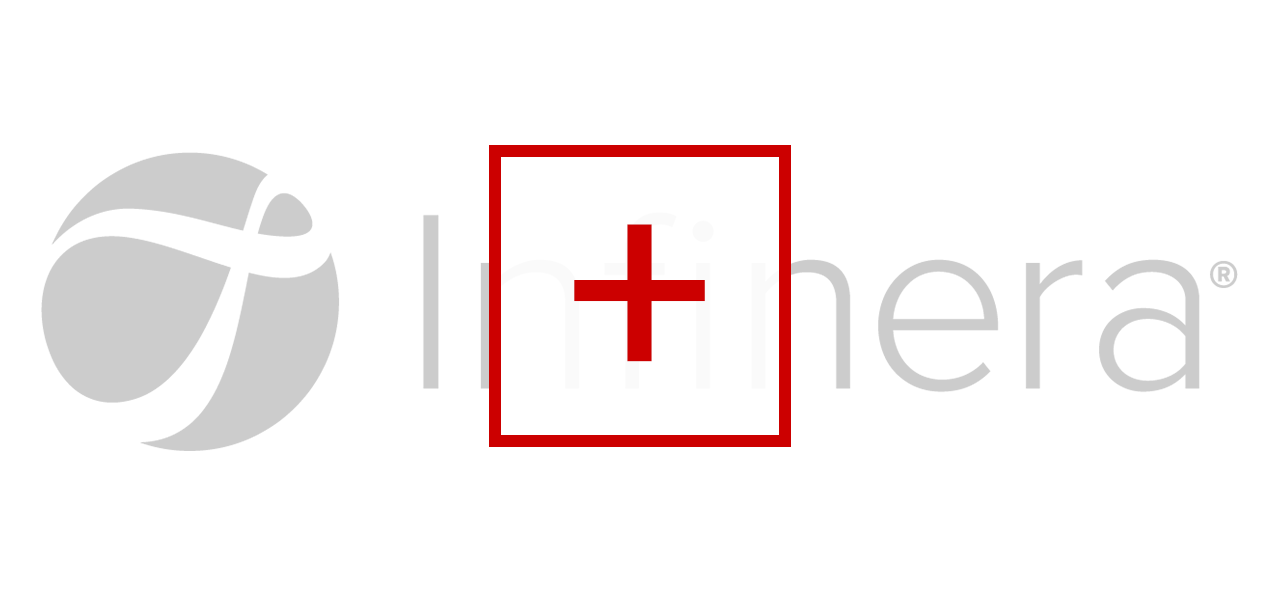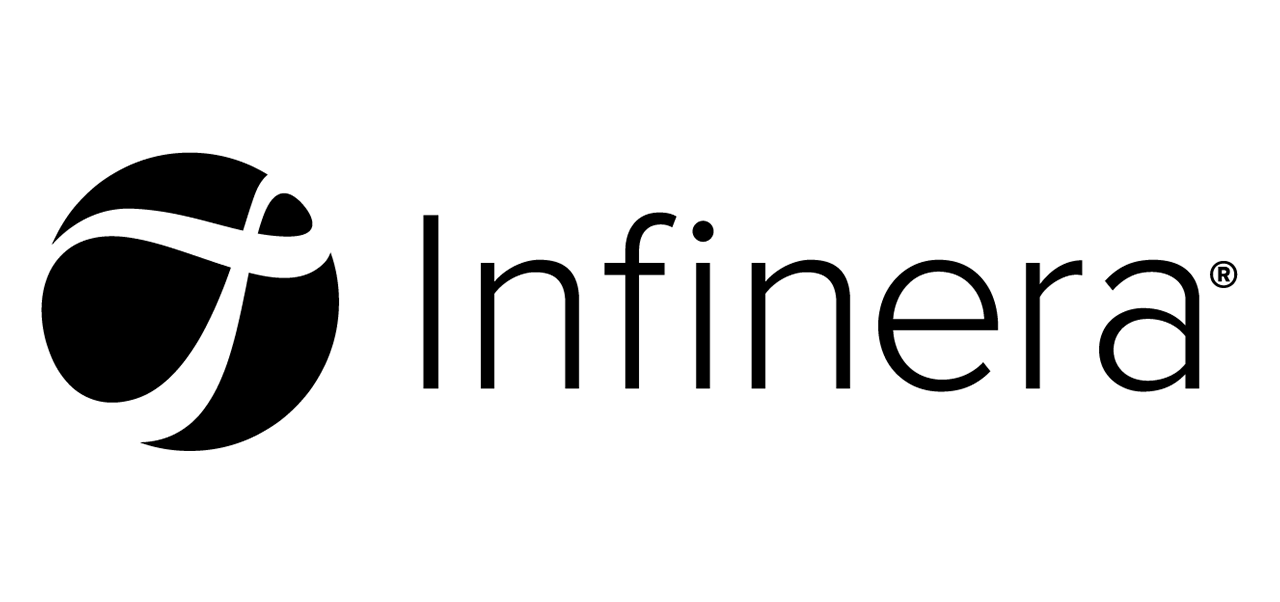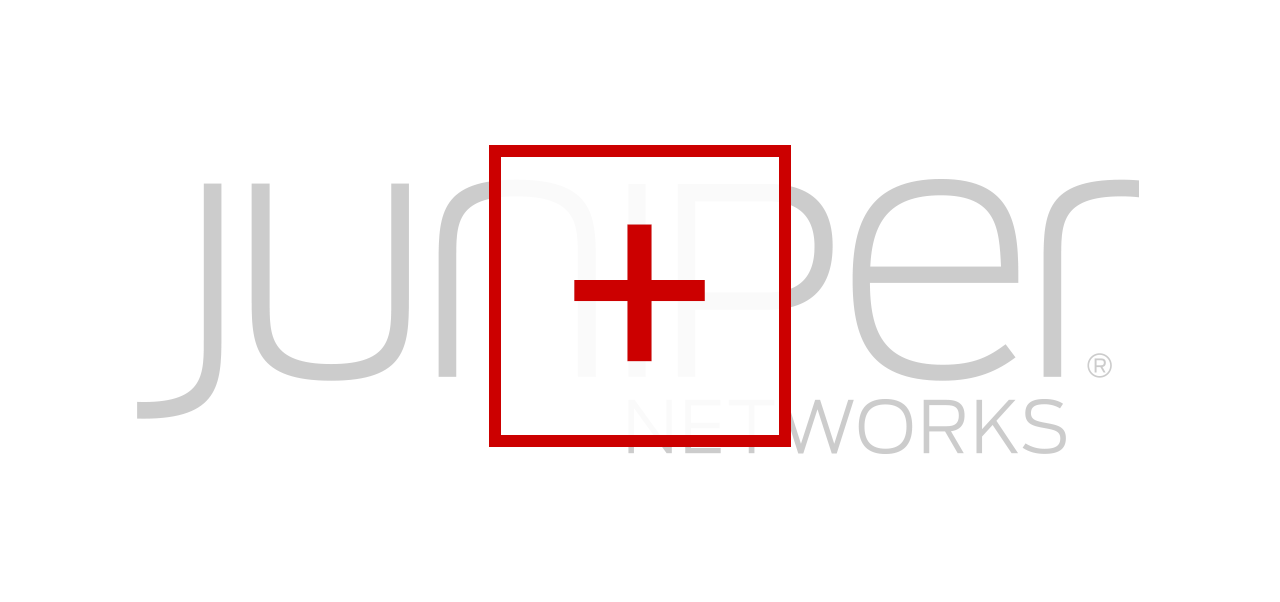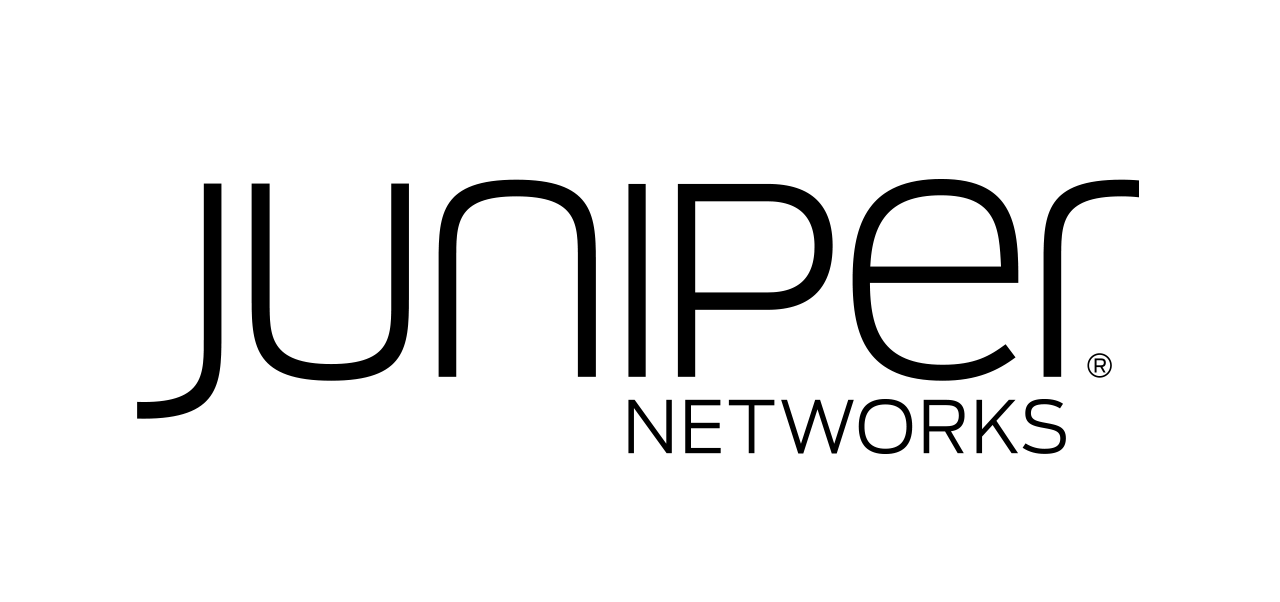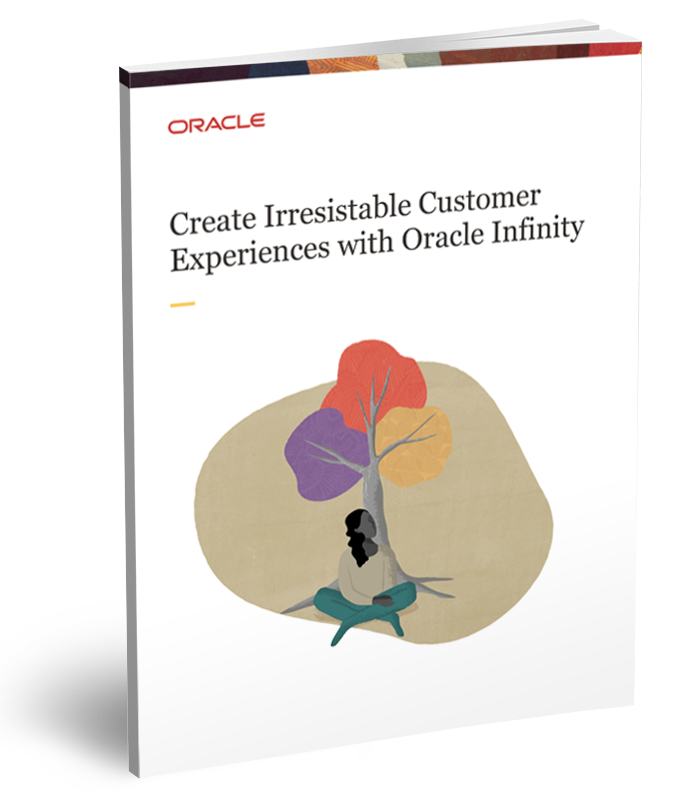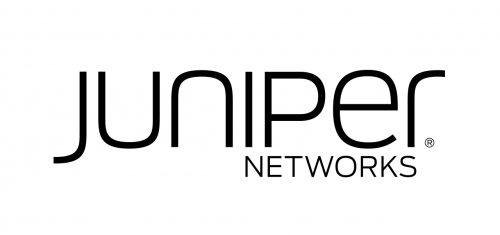2022 Report
Open, Automated, & Programmable Transport Networks:
A 2022 Heavy Reading Survey
Publish date: July 2022

Sterling Perrin
Sr. Principal Analyst – Heavy Reading
Introduction
This white paper is based on the global survey results and provides the industry’s most in-depth look at the current state and future trajectory of open, automated, and programmable transport networks, including the following topics:
- General transport automation requirements and timelines
- Cloud automation for transport
- Optical transport
- Optical line systems, including disaggregated, open lines
- Multilayer transport, including IPoDWDM

Open, Automated, & Programmable Transport Networks:
A 2022 Heavy Reading Survey
In this special webinar, Heavy Reading will be joined by leading experts from Ciena, Fujitsu, Infinera, and Juniper to unveil key findings from Heavy Reading’s 2022 global transport network automation operator survey exploring the practical evolution of open, automated, and programmable transport networks.
AUTOMATION REQUIREMENTS AND TIMELINES
This section addresses general transport automation timelines and requirements for network operators. Later sections explore more specific areas of automation, such as cloud-based automation and optical transport. To avoid ambiguity, Heavy Reading provided the following definition for a transport network and asked respondents to answer the survey questions based on this definition:
Provides connectivity for data, voice, and video services between endpoints in the service provider network, including access, aggregation, metro, and core. Transport broadly encompasses optical as well as packet-based network elements.
Survey data shows that automation is highly important for next-generation transport networks. At 93%, an overwhelming majority feel that automation is at least “important” to their next-generation strategy. At 39%, a large minority view automation as “critical” and a “primary pillar of the network” (see Figure 2).
Figure 2: How important is automation for your next-generation transport network strategy?
Many operators are already beginning to automate their transport networks or plan to move soon. One-third (33%) of respondents have either already adopted widespread automation or plan to have automation rolled out by year-end. An additional 28% of operators surveyed expect widescale automation in transport by the end of 2023, meaning that by the end of that year, nearly two-thirds of the survey group (at 61%) expect to be widely using automation in their transport networks (see Figure 3).
Note that a small number of people who responded to this survey reported no plans for transport automation during the next five years. Heavy Reading required, however, that respondents have some plan for automation, so these respondents were disqualified and removed from the survey.
Figure 3: When does your organization plan to adopt widespread automation in your transport network? (global)
Priority adopters (identified as the “critical” response group in Figure 2) are also the early adopters. Of the 30 respondents who believe automation is critical for next-generation transport, 74% have either already adopted automation or plan to have automation rolled out widely by the end of 2022. The operators who have identified the importance of automation also see an urgency to move now. This “priority adopters” or “early adopters” group provides an early glimpse of what following operators are likely to experience and conclude as they advance in their own transport automation rollouts. Heavy Reading analyzes differences between priority adopters and followers in other questions in this report.
Figure 4: When does your organization plan to adopt widespread automation in your transport network? (priority adopters)
The survey research shows that operators expect automation will be applied broadly across many transport use cases over the next two years. Led by traffic engineering (at 50%), service provisioning/activation network inventory, and network configuration/compliance, were all selected by more than 40% of respondents. Feature upgrades, predictive health, and network observability form a second tier of use cases identified for automation. Unsurprisingly, closed-loop remediation—which clearly falls in the advanced category—ranks lowest on the two-year priority list (see Figure 5).
Figure 5: Which of the following transport network use cases are you planning to automate within the next two years?
Selected by 40%, operators identified inadequate generic automation frameworks as the chief barrier to automation, followed closely by lack of in-house software expertise and execution complexity (each selected by 37%) and high costs (selected by 36%) (see Figure 6). These results are largely in sync with insights gleaned from one-on-one discussions with operators over the past several years. Lack of in-house software expertise, for example, is a long-standing issue that has troubled operators since the advent of SDN more than a decade ago. Lack of expertise also goes hand in hand with complexity.
Figure 6: What are the primary barriers to automating your transport networks? (global)
Parsing the challenges data further, however, leads to some greater insights that lie a level beneath the aggregate data surface. In particular, separating the responses of priority adopters from the followers (or others) reveals some significant differences in perceived challenges.
Standing in the way for followers are high costs (selected by 46% of followers), lack of in-house expertise (selected by 44%), and, to a lesser degree, complexity (35%). For priority adopters, however, the key challenges are lack of generic frameworks (selected by 53% of priority adopters), lack of open Application Programming Interfaces (APIs), and complexity (both selected by 40%) (see Figure 7 below).
This data shows that the priority adopters have gone through the progressions of hiring/training the right employees and securing the budgets and are now running up against the technology implementation hurdles of frameworks and APIs. Heavy Reading makes two observations:
- The industry’s technical focus must home in on customizing frameworks and building open APIs for the next phase of progress.
- Followers will ultimately benefit from such development, as these are the next set of hurdles they will encounter in their automation rollouts.
Figure 7: What are the primary barriers to automating your transport networks? (priority adopters vs. others)
Survey data shows clearly that embedded active testing is important to operators for transport automation. A majority of 58% of respondents report that they are considering Layer 2–7 active testing embedded into network devices to obtain real service quality measurements and improve transport automation frameworks. Indicative of the early stage of transport automation, a significant minority of 25% has yet to decide on Layer 2–7 embedded active testing. Just 17% have no plans (see Figure 8). Within the priority adopters group, 77% are considering this functionality.
Figure 8: Are you considering L2–L7 active testing capabilities embedded into network vendor devices to obtain real service quality measurement and improve your transport automation framework?
CLOUD AUTOMATION
Having started in the enterprise, cloud adoption is a growing trend within CSPs as they rely on the cloud model for critical functions in operations support system/business support system (OSS/BSS), cloud-based network functions, and other leading-edge as well as mundane applications. Japan’s Rakuten and Dish in the US are the poster child early cloud model adopters, but they are not alone. Tier 1 operators, including AT&T, Telefónica, Vodafone, and Verizon, have partnerships with cloud giants covering various elements of their networks.
This report surveys network operators on their interests and plans for using the cloud model specifically for transport automation applications. An overwhelming 92% of service providers surveyed plan to use the cloud in some form for transport network automation, with just 8% reporting they are undecided (see Figure 9).
A hybrid model of both public and private cloud is the preferred approach for the majority of respondents (52%), whereas 31% are planning private cloud only for transport automation. Public cloud—which involves multi-tenant and shared infrastructure—is the most advanced form of cloud, and the data indicates that most network operators are not yet comfortable with this model alone. Just 9% of the survey group is planning public cloud only deployments.
Figure 9: Does your organization plan to use transport network automation applications from the cloud? (global)
Comparing the priority adopters to the others provides a glimpse of what the future may hold for the industry moving forward. Hybrid public and private clouds are strongly favored by priority adopters compared to other adopters, as 76% of private adopters plan hybrid cloud compared to just 38% of others. Clearly more cautious about cloud, the “others” group prefers private cloud, with 42% planning the private-only model compared to just 14% of the priority adopters.
Heavy Reading believes that growing experience and higher comfort levels with cloud will lead service providers to migrate from private-only to hybrid cloud models over time. Common concerns about public cloud in general are security, loss of control, and performance. Overcoming concerns takes time. Additionally, some functions may never move to public cloud.
Figure 10: Does your organization plan to use transport network automation applications from the cloud? (priority adopters vs. others)
Lastly, Heavy Reading asked respondents to identify which transport use cases they are considering first for public cloud. Topping the list are network configuration and compliance management (selected by 31%), network observability and service assurance (selected by 30%), and traffic engineering (also selected by 30%) (see Figure 11 below).
Heavy Reading expects that less critical tasks will move to public cloud first, as operators typically take a measured approach to adopting new technologies. Tasks like network configuration and service assurance fit with this view as implementation problems won’t break the network. In this regard, the high scoring of traffic engineering is a bit of a surprise as it is more critical to the functioning of the network. Still, it is early for public cloud, and the mix of use cases may evolve over time.
Figure 11: Which use cases would you consider first for public cloud-based automation in transport?
OPTICAL TRANSPORT
The optical layer is a fundamental part of the transport network. This section analyzes operator views and plans for automation in optical networks. Top drivers for automating optical networks are optimizing network capacity, increasing end-to-end network visibility, and improving network resiliency. Each of these drivers was selected by more than half of respondents. Important—but secondary—as a driver is automated system deployment and turn-up (see Figure 12).
Figure 12: What are the most important drivers for managing and automating your open optical network?
When asked about functions operators require from the optical layer, two functions rise to the top: the ability to move capacity flexibly and remotely across any path (selected by 71%); and the ability to easily connect to new locations with minimal truck rolls (selected by 66%). Additional resiliency is also important to more than half of the survey group (53%) (see Figure 13 below).
These optical layer requirements align well with operator respondents’ optical automation goals of flexibility, simplicity, and resiliency.
Figure 13: What functions do you need from the optical layer?
Respondents identify several challenges to adopting open transport architectures, as identified in rank order in Figure 14. The top three challenges, in descending order, are troubleshooting systems integration, interoperability testing, and lack of common standards/models.
Heavy Reading used a weighting ranking system for the question in which each rank was given a score from 6 (top choice) to 1 (lowest choice). A sum formula is used to tally the score shown in the figure. Analyzing the findings based on the scores column shows a mean of 269.5 and a small standard deviation of just 11.7. The small standard deviation suggests that all of the adoption challenges are viewed relatively equally among the survey group.
Figure 14: What are the primary challenges to adopting an open transport architecture? (Rank in order, where 1 = most challenging)
When it comes to control and orchestration for open optical networks, a plurality of 35% prefer to deploy a software system from a single vendor (see Figure 15). The finding is not a surprise, given the complexity of what service providers aim to achieve. The goal is to integrate hardware platforms across multiple vendors (and possibly multiple OSI layers as well). Using multiple software platforms to integrate multiple hardware domains adds additional complexity and possible setbacks.
At 19% and a distant second, service providers plan to use a line system vendor’s controller with support for multiple vendor transponders. Such an approach removes integration complexity for the transponders supported by the line system vendor, but it does require reliance on that line vendor. Following this approach are two options of little interest to operators—the multiple patchworks of software approach and the build-it-yourself, in-house approach. Finally, at 16%, a fair percentage of the survey group remains undecided on the best path forward.
Figure 15: What is your plan for control and orchestration for open optical networking?
According to the survey, 41% prefer a multi-vendor planning tool supplied by an equipment vendor, even if it means less than ideal deployment. Vendor-supplied planning tools score well ahead of the second-choice, vendor-agnostic planning tools based on open source (which was selected by 28% of respondents). Line system and transponder vendor planning tools are of low interest, according to the survey, but 16% remain undecided on the best approach (see Figure 16 below).
Figure 16: What type of tool will you use for planning services over an open optical network, including optical performance considerations?
Network operators envision multiple benefits for machine learning applied to open optical networks. Network design and service planning, predictive network health, and predictive traffic growth were each selected by 48% of the survey group (see Figure 17).
Figure 17: Which of these operational functions will benefit the most from machine learning in an open optical network? (global)
Filtering the results by the “optical specialists” in the survey yields a somewhat different picture of priorities. Optical specialists are those who identify their technology focus as optical in the demographics portion of the survey. For this group of 20 respondents, predictive traffic growth is also the top choice, but self-tunable transponders rise significantly (from 27% for the global group to 45% for the specialists). Predictive modeling for greener networks is a low machine learning priority for both the global group and the optical specialists (see Figure 18).
Figure 18: Which of these operational functions will benefit the most from machine learning in an open optical network? (optical specialists)
OPTICAL LINE SYSTEMS
Historically, all elements of the optical network were supplied by the same vendor, including transponders, terminals, and the optical line system. Disaggregation breaks these optical elements apart, allowing each to be sourced separately. Optical line systems are becoming open, allowing operators to maintain a line system from one vendor but change transponders and terminals supplied by different vendors over time.
This section looks at the evolution of optical line systems, including the role of line systems in disaggregated networks and requirements for open optical lines.
Open architectures are one of the drivers for evaluating new optical line systems; however, the open architecture is not the primary driver, according to the survey. Top drivers for next-gen line systems are network cost savings (selected by 49% of respondents), followed closely by requirements for new capacity (selected by 47%). Cost and capacity are requirements that are fundamental to the mission of optical networks, so it is no surprise that they continue to be the primary drivers for system upgrades. In addition, the current migration to C+L band line systems is a prime example of how network operators are planning to double capacity as the C band approaches the Shannon Limit.
Evolution to an open architecture ranks third, at 38%, so it is also important. The data suggests the trigger for RFPs will continue to be requirements to lower cost per bit and to add capacity to meet traffic demands. However, the introduction of an RFP will be the entry point for operators to add their new requirements for open architectures into the mix. Additionally, some operators may view open architectures as the means to the end of lowering their network costs (see Figure 19).
Figure 19: What are the most important drivers for deploying a new line system?
Availability of modern design tools is the top operational challenge when planning and deploying more complex optical line systems (i.e., greater than two degrees). Nearly half of the survey group (49%) selected modern design tools as the top challenge, well ahead of any other challenge. At 38%, installation complexity ranks second on the list, though modern design tools may help alleviate this problem as well.
Figure 20: What are the most difficult operational challenges when planning/deploying anything greater than a two-degree line system?
Since line systems are intended to operate for a decade or longer, open line system architectures are increasingly being deployed today as a means of future-proofing or anticipating an open network in the future. (This is consistent with the survey findings in Figure 19.) These early open line system deployments can be “open-capable” but still operate in a single vendor mode with the line and the transponders supplied by the same vendor.
Heavy Reading wanted to better understand timelines for deploying open line systems in a multi-vendor fashion using transponders from one or more different vendors. The survey shows that just over one-fifth of operators (22%) intend to have in place disaggregated, multi-vendor optical line systems by the end of 2022. An additional 29% plan such deployments in 2023, meaning that by year-end 2023, exactly half of the operators surveyed expect disaggregated line deployments (see Figure 21 below).
The timeline looks ambitious. The group surveyed skews more toward operators engaged in transport automation, so it is further along in automation rollouts and planning compared to the overall communications market. Additionally, Heavy Reading survey respondents in general are typically optimistic when asked about timelines and tend to give responses based on best-case scenarios. Still, the results indicated a clear intent and direction toward truly disaggregated open optical lines.
Figure 21: When does your organization plan to deploy open line systems together with disaggregated transponders/transponders from another vendor?
The degree of transponder interoperability in open optical networks continues to be a hotly debated topic in the industry. The main options are the following:
- Pairs of transponders from the same vendor operating over a line system from a different vendor.
- Mix-and-match of transponders from multiple vendors over an open line system, such that traffic from transponder vendor A may terminate on a transponder from vendor B. This is the approach taken in the OIF 400ZR implementation agreement (IA). A fully disaggregated line system as defined in the Open ROADM multi-source agreement (MSA).
Operators surveyed strongly favor multi-vendor transponder interworking across an open line, with 47% of respondents choosing this option. Bookended lines follow at a distant second, selected by 32%. The fully disaggregated model lags well behind in third at 22% (see Figure 22 below).
The strong preference for full transponder interworking is a surprise, as this level of interoperability is difficult to achieve and may result in performance hits. Optical suppliers tend to favor the bookended line system over full interworking due to the technical and management challenges of interoperability (and perhaps some competitive positioning as well). Outside of some hyperscalers (maybe), there is no coherent transponder interworking today.
Many operators, however, have full interworking as an end goal. Although the survey does not segment metro network versus long-haul preferences, Heavy Reading believes that long-haul networks will continue to demand the higher performance of proprietary transponders (i.e., bookended), which will support longer distances and the highest spectral efficiencies. Full interoperability is targeted primarily at the metro, which is also where network traffic growth will be the greatest.
Further, looking at results from the optical specialist subset of the survey group doesn’t change this result. Of the optical specialists surveyed, 56% want full transponder interworking, but just 6% want full line system disaggregation.
Figure 22: Which type of open line system architecture are you planning to deploy?
MULTILAYER TRANSPORT
The final report section discusses trends in multilayer transport, including multilayer control and management and integration of coherent pluggable optics on routers, known as IP over DWDM (IPoDWDM).
Multi-vendor networks exist without being multilayer; however, the data shows that multilayer control and visibility is an important network management goal for most. Asked about their end goals for managing multi-vendor transport networks, 62% report real-time analytics for performance optimization as a primary goal, followed by open APIs for increased automation (selected by 53%), multilayer control and visibility across IP and optical layers (selected by 52%), and fault correlation and troubleshooting (selected by 49%).
Figure 23: Which of the following are part of your end goals for managing your multi-vendor transport network?
Digging into the multilayer topic further, Heavy Reading asked operators when they plan to deploy multilayer networks with control/management plane interoperability or with full data plane interoperability (or both).
Similar to the earlier timeline question about transponder interoperability, operator timelines here are ambitious. Multilayer interoperability is expected by 22% of operators by the end of 2022, and an additional 34% expect such interoperability by 2023. If the timelines hold, 56% of these operators will have achieved multilayer interoperability (again, control or data plane) by the end of 2023.
Figure 24: When does your organization plan to deploy open multilayer transport networks with control plane and/or data plane interoperability across layers and vendors?
Lastly, the survey focuses specifically on the integration of coherent pluggable optics on IP routers, which is one of the hottest topics in optical networking this year. Despite the hype and excitement, service providers have significant challenges to overcome. The top challenge by far, according to the survey, is maintaining existing operational practices of IP/routing domains and optical domains. This challenge was cited by 61% of the survey group (see Figure 25 below).
For large, incumbent network operators, in particular, siloed organizations and operational practices loom large as an inhibitor despite the tremendous progress on the coherent technology and standardization fronts. In the demographic questions for the survey (see Figure 1), only 28% of respondents work in converged packet and optical network teams. But they too cite existing operational challenges as the top management challenge.
Figure 25: What are your top challenges managing coherent pluggable optics deployed in nontraditional optical platforms (e.g., IPoDWDM)?

Open, Automated, & Programmable Transport Networks:
A 2022 Heavy Reading Survey
In this special webinar, Heavy Reading will be joined by leading experts from Ciena, Fujitsu, Infinera, and Juniper to unveil key findings from Heavy Reading’s 2022 global transport network automation operator survey exploring the practical evolution of open, automated, and programmable transport networks.

Sterling Perrin
Sr. Principal Analyst – Optical Networking & Transport

Kent Jordan
Advisor, Portfolio Marketing, Ciena

Teresa Monteiro
Director of Marketing, Infinera

Joe Mocerino
Principal Solutions Architect, Packet Optical Networking, Fujitsu

Kanika Atri, Sr.
Director, Product Management, Strategy and Business Development, Juniper Networks





